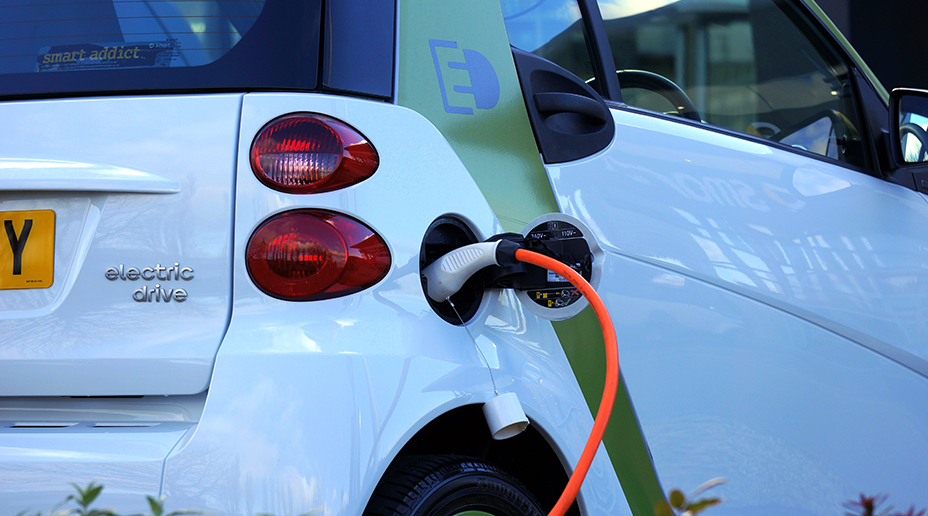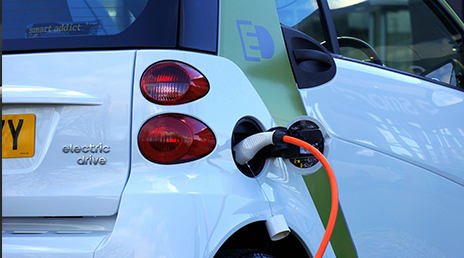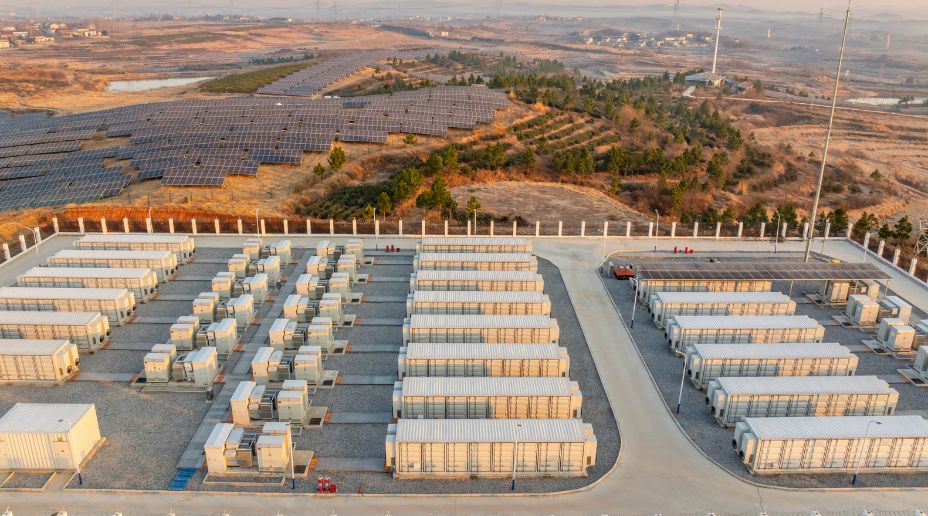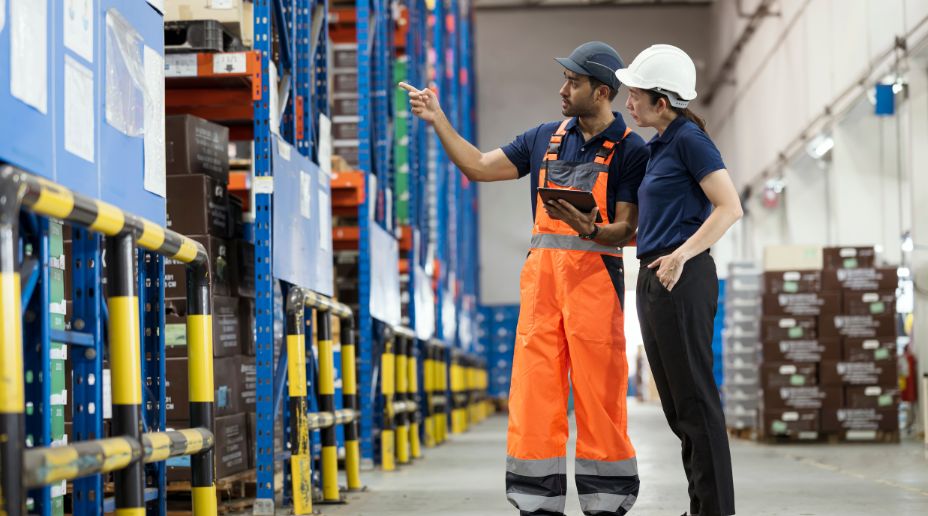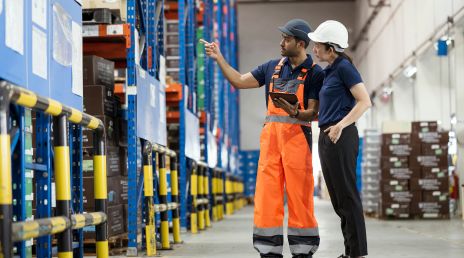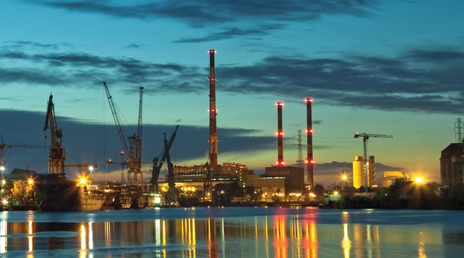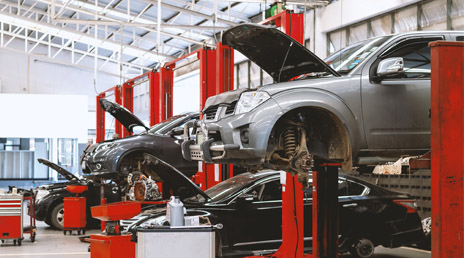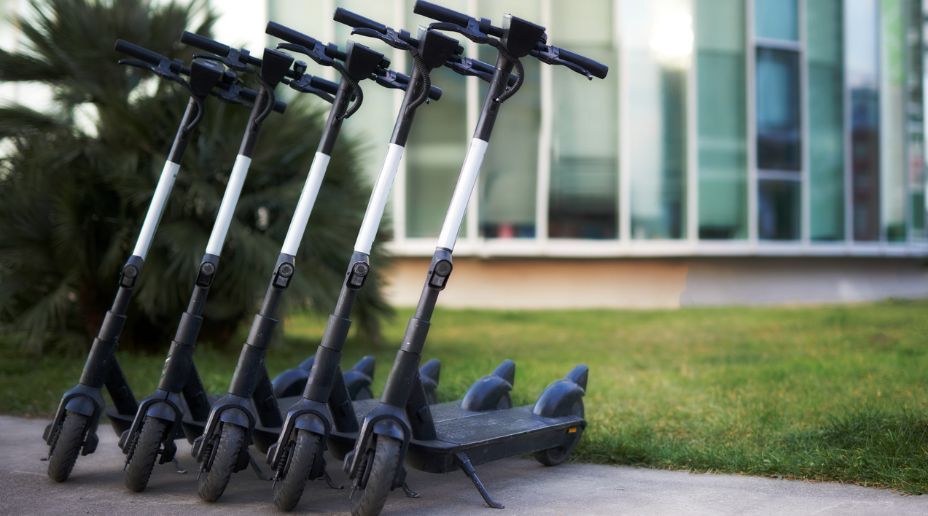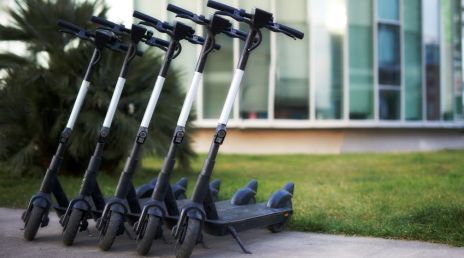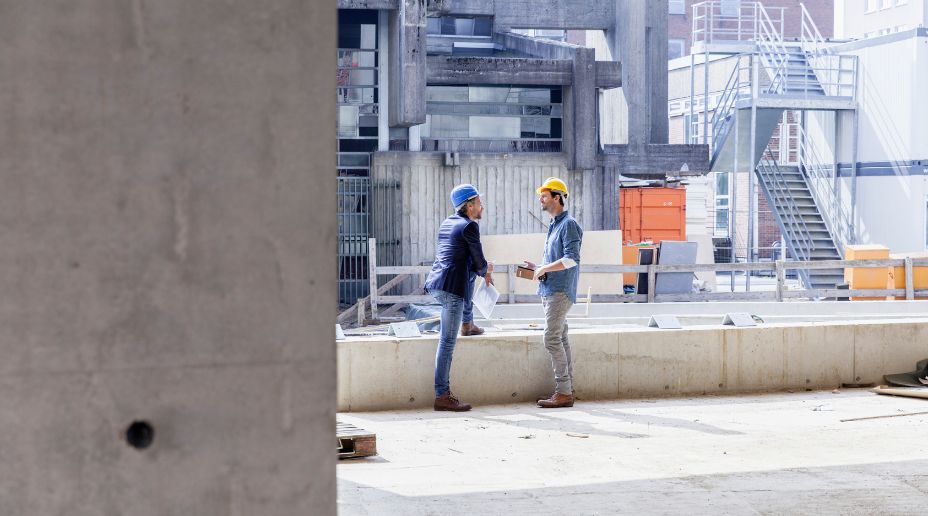We want to be reassured that when we step into a lift or onto an escalator, these have been installed to operate safely and without incident.
Escalators have been around for a long time and England’s first escalator was revealed in 1898 at London’s premier department store, Harrods. This was a woven leather conveyor-belt unit and passengers were offered brandy at the top to help them recover from their ‘ordeal’.1
In today’s world, lifts and escalators are found in many locations, from shopping centres to offices, and are used to transport large volumes of people. But other methods of vertical transportation also exist, such as building maintenance units (BMU) used for work such as window cleaning and façade maintenance.
The risks that come with this equipment can be controlled, provided they are installed and used as intended, that there are regular assessments, and that any necessary maintenance is carried out. But as experience has shown, lapses can happen and when there is an incident, it can be serious. In March 2019, data from Allianz Engineering Construction & Power found that 16% of escalators and moving walkways had a defect which could pose a potential risk to life.2





